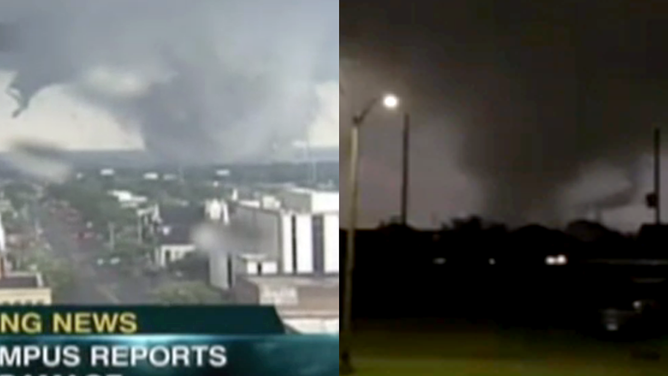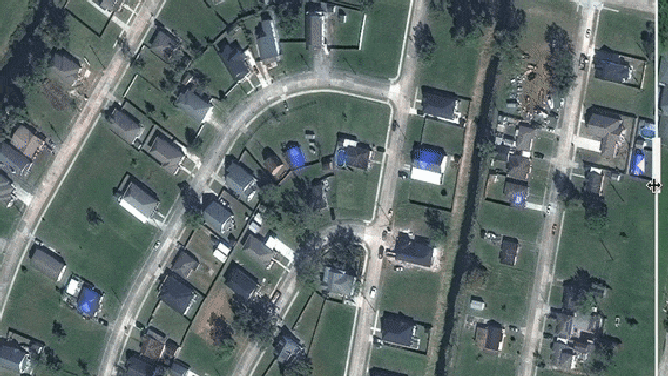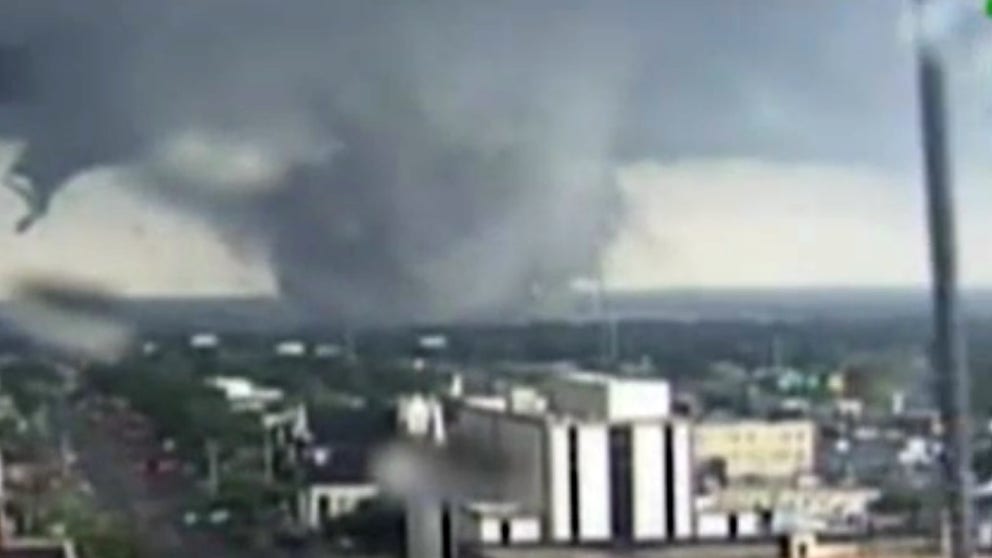Characteristics of New Orleans' multi-vortex tornado ominously similar to horrific 2011 Tuscaloosa storm
Having a multi-vortex tornado is just a further indication of the twister's strength
Characteristics of New Orleans' multi-vortex tornado ominous to horrific 2011 Tuscaloosa storm
As New Orleanians come together to lend a hand and begin to rebuild following Tuesday's severe weather outbreak, there’s an ominous comparison to a 2011 multi-vortex EF-4 tornado that destroyed some Alabama communities.
NEW ORLEANS – Communities from Texas to Louisiana are cleaning up damage and debris from deadly tornadoes that leveled homes in this week’s multiday severe weather outbreak.
As neighbors come together to lend a hand and begin to rebuild, there’s an ominous comparison of a 2011 multi-vortex EF-4 tornado in Alabama to the slightly less powerful twister Tuesday evening that left more than half of a New Orleans community in ruins.
The tornado that tore through parts of the New Orleans metro left at least one person dead and a trail of damage in its wake, stretching across Jefferson, St. Bernard and Orleans parishes. The damage was most intense in Arabi, where witnesses and video from the scene showed a large, multiple-vortex tornado.

A multiple-vortex tornado is when two or more tornadoes happen simultaneously in the same storm. Often with a multi-vortex tornado, one or multiple intense sub-vortices will rotate around the center of the larger tornadic circulation.
(WBRX Fox 6 (left), @Higoodsteve2 / Twitter)
A multi-vortex tornado is one in which two or more tornadoes happen simultaneously within the same storm. Having a multi-vortex tornado is just a further indication of the twister's strength.
"These secondary smaller vortexes will rotate around the vortex of the main tornado and can actually have a tighter rotation with higher wind speeds than the tornado itself, and thus, causing more damage," FOX Weather meteorologist Seth Darling said.
On April 27, 2011, a violent EF-4 tornado, estimated to be more than 1.5 miles wide, struck the Tuscaloosa and Birmingham, Alabama, areas. It had wind speeds of up to 190 mph along its 80-mile track. Sixty-five people died, and more than 1,500 people were injured.
EF-4, EF-5 TORNADOES: 7 THINGS TO KNOW ABOUT EARTH'S MOST VIOLENT CYCLONES
The supercell existed for 7 hours and 24 minutes and traveled approximately 380 miles, producing several strong to violent tornadoes along the way. Tornado Warnings for counties in central Alabama were in effect for 4.5 hours.
While the physics behind the two tornados are similar regarding the multi-vortex, the Tuscaloosa twister happened in April.
"At this time, there was more heat, energy and surface instability available to enhance the strength of the storms," Darling said. "So the Tuscaloosa tornado had better atmospheric conditions, making it bigger and stronger."
WE'RE ENTERING AMERICA'S MOST ACTIVE TIME OF YEAR FOR TORNADOES
The National Weather Service examined the tornado’s path in New Orleans and said the damage leads them to believe the twister reached EF-3 intensity along its 11-mile path, with winds of 160 mph. It appears to break the record for the strongest twister ever recorded in New Orleans. The previous record tornado was another EF-3 that ripped through the city in February 2017 with peak winds of 150 mph.

Before and after pictures show the devastation the deadly tornado had on Arabi, Louisiana, on March 22, 2022.
(Maxar)
Timothy O’Neill, along with his wife and 12-year-old daughter, survived Tuesday’s storm.
"So when the power went out, our daughter came running in," O’Neill said. "And then when she ran in, my wife laid on top of her. I laid on top of both of them, pulled the blanket over us. The wall started shaking, sheetrock fell on us – it was pretty, pretty scary."
While this week’s storm is another blow from Mother Nature for New Orleans, those living in Louisiana have become all too familiar with rebuilding after tragedy and loss.
"It is never easy," said Louisiana Gov. John Bel Edwards just before declaring a state of emergency and traveling to the affected areas of Arabi and parts of New Orleans’ Lower Ninth Ward. "My prayers are with everyone who is hurting because of these tornadoes today."
The city said they would remain engaged on the ground with the public and provide them with the needed support in the weeks and months to come.
